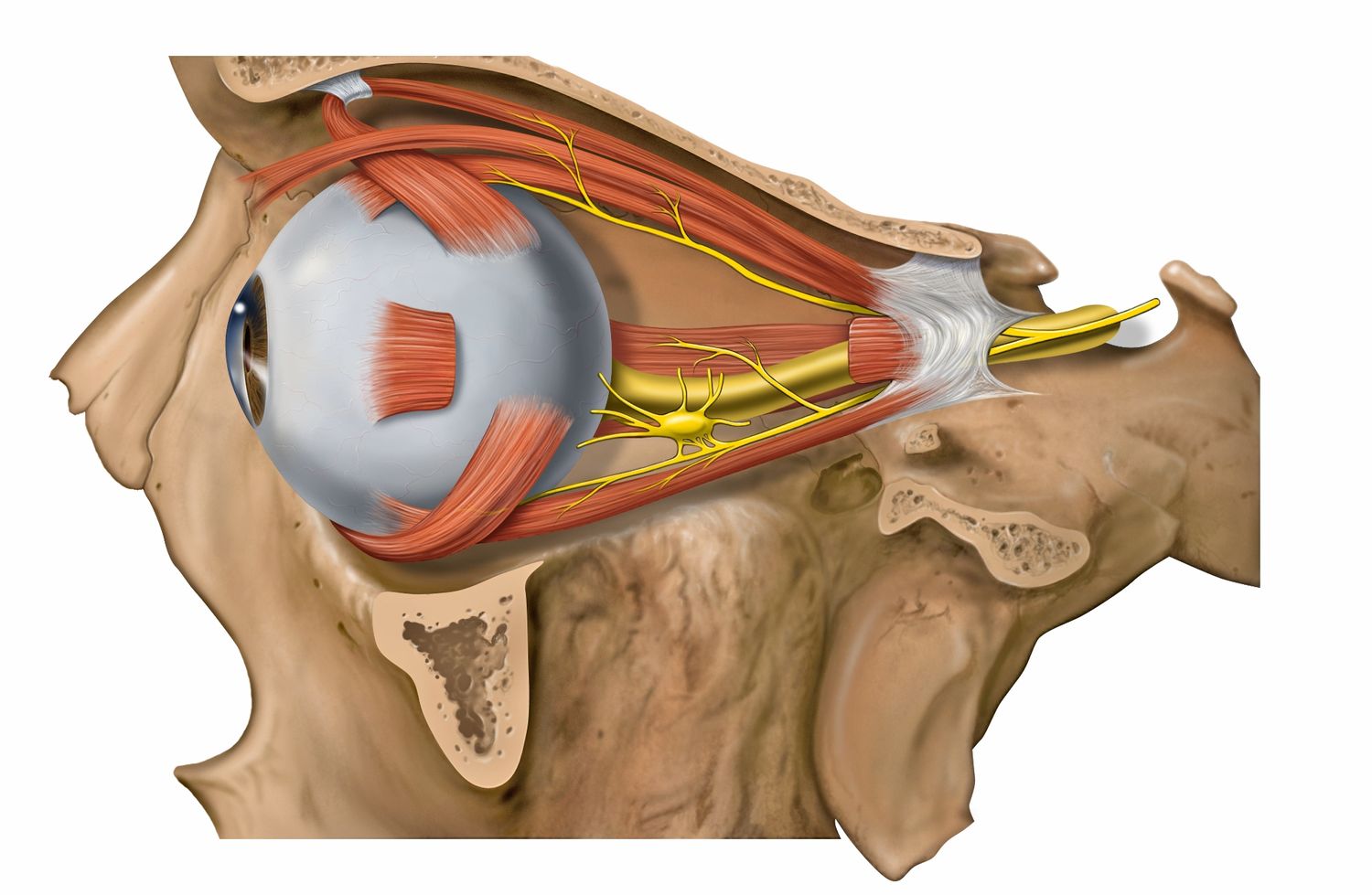
Ciliary dyskinesia might sound like a mouthful, but it's a condition that affects the tiny hair-like structures in your body called cilia. These cilia play a crucial role in keeping your respiratory system clean by moving mucus and dirt out of your lungs. When they don't work properly, it can lead to a range of health issues, from chronic respiratory infections to hearing problems. Primary ciliary dyskinesia (PCD) is a genetic disorder that often goes undiagnosed because its symptoms can mimic other conditions. Understanding more about this condition can help in early diagnosis and better management. Let's dive into 26 fascinating facts about ciliary dyskinesia that will shed light on this often-overlooked condition.
What Are Ciliary Muscles?
Ciliary muscles play a crucial role in our vision. These tiny muscles in the eye help us focus on objects at different distances. Let's dive into some fascinating facts about these essential muscles.
- Ciliary muscles are located in the eye's middle layer, known as the uvea.
- They control the shape of the lens, allowing us to see objects clearly whether they are near or far.
- When these muscles contract, the lens becomes thicker, helping us focus on close objects.
- Conversely, when they relax, the lens becomes thinner, aiding in distant vision.
- The process of changing the lens shape is called accommodation.
How Do Ciliary Muscles Work?
Understanding the mechanics behind ciliary muscles can be quite intriguing. These muscles work tirelessly to ensure our vision remains sharp and clear.
- Ciliary muscles are connected to the lens by tiny fibers called zonules.
- When the muscles contract, they pull on the zonules, changing the lens shape.
- This adjustment happens in milliseconds, allowing us to switch focus almost instantly.
- The autonomic nervous system controls these muscles, meaning we don't have to think about focusing.
- Age can affect the efficiency of these muscles, leading to conditions like presbyopia, where focusing on close objects becomes difficult.
Importance of Ciliary Muscles in Vision
Without ciliary muscles, our vision would be significantly impaired. They are essential for various visual tasks we often take for granted.
- These muscles help us read by allowing us to focus on text at different distances.
- They enable us to shift our focus from a computer screen to a distant object seamlessly.
- Ciliary muscles play a role in depth perception, helping us judge distances accurately.
- They are crucial for activities requiring precise focus, like threading a needle.
- Proper functioning of these muscles is vital for overall eye health.
Conditions Affecting Ciliary Muscles
Several conditions can impact the performance of ciliary muscles, affecting our ability to focus.
- Presbyopia is a common age-related condition where the lens becomes less flexible.
- Myopia, or nearsightedness, can strain these muscles as they work harder to focus on distant objects.
- Hyperopia, or farsightedness, can also cause strain as the muscles try to focus on close objects.
- Astigmatism, where the eye's shape is irregular, can lead to additional strain on these muscles.
- Certain medications can affect the functioning of ciliary muscles, leading to blurred vision.
How to Keep Ciliary Muscles Healthy
Maintaining the health of ciliary muscles is essential for good vision. Here are some tips to keep them in top shape.
- Regular eye exercises can help strengthen these muscles.
- Taking breaks during tasks that require intense focus can reduce strain.
- A balanced diet rich in vitamins A, C, and E supports overall eye health.
- Proper lighting while reading or working can prevent unnecessary strain.
- Regular eye check-ups can help detect and address issues early.
Fun Facts About Ciliary Muscles
Let's wrap up with some fun and lesser-known facts about ciliary muscles.
- Ciliary muscles are among the fastest-responding muscles in the human body, adjusting focus in milliseconds.
The Final Word on Ciliary Body
The ciliary body is a small but mighty part of the eye. It controls the lens shape, helping us focus on objects near and far. It also produces aqueous humor, the fluid that nourishes the eye and maintains pressure. Without it, our vision would be blurry, and our eyes would struggle to stay healthy.
Understanding the ciliary body gives us a better appreciation of how our eyes work. This tiny structure plays a huge role in our daily lives, often without us even realizing it. So next time you blink or focus on something, remember the ciliary body is hard at work.
Keep these facts in mind, and you'll have a deeper understanding of your vision. It's fascinating how such a small part can have such a big impact on our ability to see the world.
Was this page helpful?
Our commitment to delivering trustworthy and engaging content is at the heart of what we do. Each fact on our site is contributed by real users like you, bringing a wealth of diverse insights and information. To ensure the highest standards of accuracy and reliability, our dedicated editors meticulously review each submission. This process guarantees that the facts we share are not only fascinating but also credible. Trust in our commitment to quality and authenticity as you explore and learn with us.
